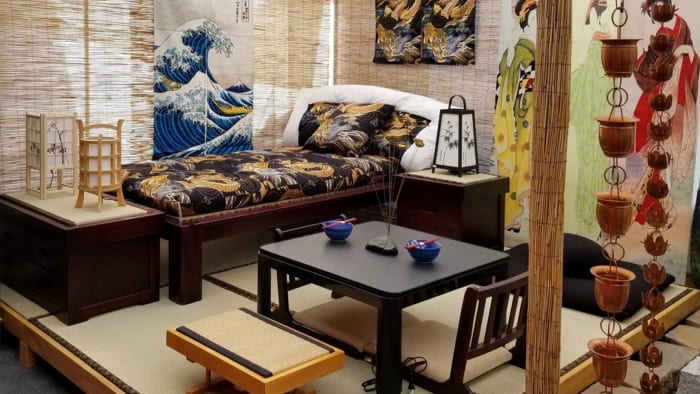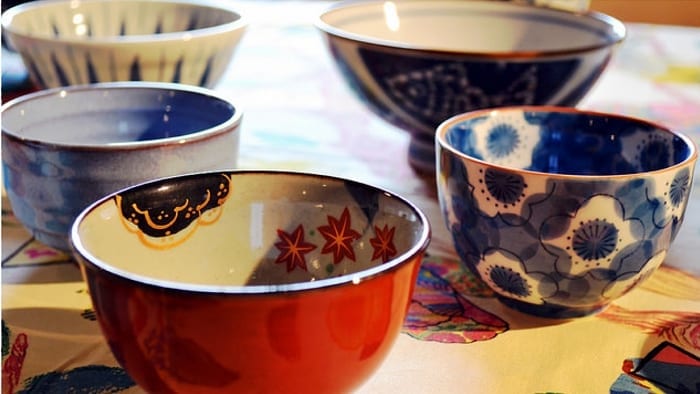The Japanese are well-known for their Japanese Bathing Rituals. The simple act of brewing tea (chanoyu) or arranging flowers (ikebana) is taken so seriously that they have elevated art forms. Taking a bath is no exception, and for the Japanese, this is serious business.
Bathing in Private
While most people consider this act as something to keep the body clean, the Japanese consider it as a way to relax after the end of a long working day. Bathing is usually done in the evenings and is an unhurried affair. This is quite the opposite of how Westerners do it; they would usually bathe in the mornings before going to work and are rushed affairs.
Another thing to notice is that the bathrooms in Japanese homes are divided into sections. While Western bathrooms have the toilet, the tub, and the shower stall in one area, this is rare in Japan. Usually, these are located in different rooms.
The bathing area is composed of two sections, one for cleaning (shower area) and one for relaxing (bathtub). The shower area comprises a small stool and a bucket (traditional bath) or a handheld shower (modern bath).
There are typically 4 steps to follow in a Japanese bathing ritual:
- Rinse your whole body in the shower area.
- Soak your body into the tub.
- Leave the tub and use the shower to soap off and cleanse your body.
- Go back to the tub for a second and final soak. Make sure that you don’t have any soap left in your body.
It is important to note that the Japanese leave the water from the tub to be used by the next bather in the household. That is why all of the rinsing and soaping is done in the shower area. Soap is not allowed in the tub. So instead of the water being drained after each bath, the very same water is used by all household members and is kept at a warm temperature by a heater.
Tubs
The traditional bathtubs – usually made from the aromatic Hinoki cypress – are smaller and deeper in size when compared to their Western counterparts. You are to sit still, with your knees drawn up, and meditate upon the day’s events. The goal of the bathtub is for soaking and relaxing and not for cleaning. For the Japanese, taking a bath is not just about personal hygiene; it is also a mental relaxation and self-reflection moment.
Bathing in Public Japanese Bathing Rituals
A public bath is an integral part of Japanese culture. A Japanese traditional bathhouse is called an onsen. Like baths in private homes, a public bath has a separate area for cleaning. You sit on a small stool and use a handheld shower to clean yourself up. If the onsen is traditional, there will be a bucket instead of a shower. After the shower, you can now soak in the bath. The entrance to the baths is marked with noren curtains; blue for men and red for women. Make sure to check the water temperature before dipping in.
For you to enjoy a Japanese-style bath right from the comfort of your own home, try to do it in the evenings, so you will not have to rush it. Buy yourself a comfortable yukata (bathrobe), geta (wooden clogs).
Questions about the Japanese bathing rituals? Send us an email!



